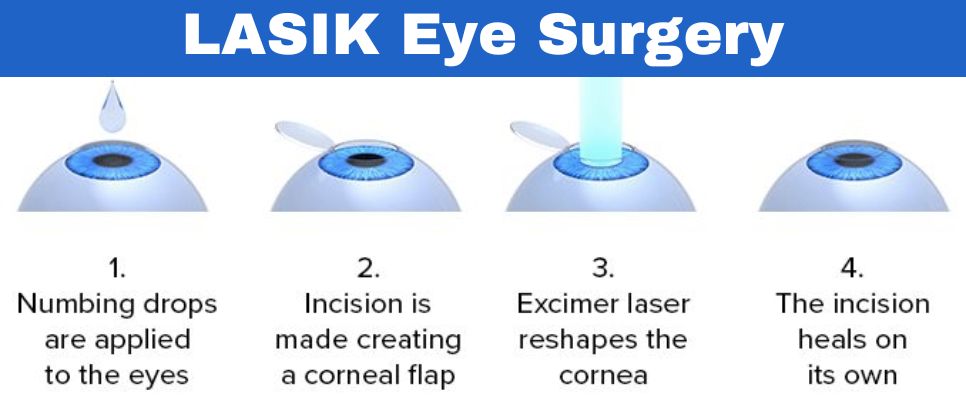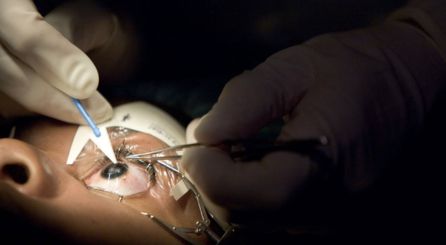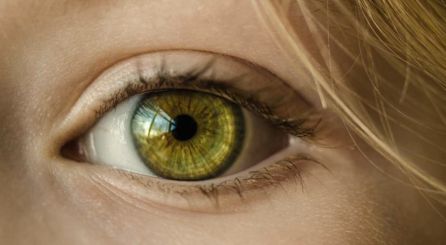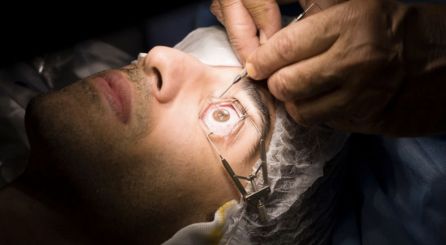
Imagine waking up in the morning and seeing the world with crystal-clear vision, without the need for glasses or contact lenses. LASIK (Laser-Assisted in Situ Keratomileusis) eye surgery has made this dream a reality for millions of people around the world. In this article, we will explore what life is like after LASIK eye surgery, including the benefits, recovery process, and important considerations.
LASIK is a refractive surgery that reshapes the cornea to correct common vision problems such as nearsightedness, farsightedness, and astigmatism. Life after LASIK brings numerous benefits:
Improved Vision: LASIK can provide remarkably clear vision, often eliminating or significantly reducing the need for glasses or contacts.
Convenience: Say goodbye to the hassle of cleaning, replacing, or losing contact lenses and glasses.
Active Lifestyle: Enjoy sports, outdoor activities, and swimming without worrying about eyewear.
Cost Savings: Over time, LASIK can be cost-effective compared to the ongoing expenses of glasses and contacts.


Before diving into life after LASIK, it's essential to understand the procedure itself. LASIK typically involves the following steps:
Preoperative Evaluation: Your eye surgeon will conduct a comprehensive eye exam to determine your candidacy for LASIK.
Corneal Flap Creation: In the LASIK procedure, a thin flap is created on the cornea's surface using a microkeratome or a femtosecond laser.
Reshaping the Cornea: The surgeon uses an excimer laser to reshape the cornea's underlying tissue, correcting your vision.
Flap Re-positioning: The corneal flap is carefully re-positioned, where it adheres without the need for stitches.
Postoperative Care: After the surgery, you'll receive instructions on postoperative care, including using prescribed eye drops and avoiding strenuous activities.
Immediate Improvement: Many patients experience improved vision within hours of the procedure, although it may take a few days for your vision to stabilize fully.
Minimal Discomfort: Discomfort is usually minimal and short-lived. Your surgeon may recommend over-the-counter pain relievers if needed.
Temporary Visual Disturbances: Some patients report glare, halos, or dry eyes in the days or weeks following LASIK. These issues usually resolve as the eyes heal.
Follow-up Visits: You'll have follow-up appointments with your eye surgeon to monitor your progress and ensure your eyes are healing as expected.
Long-term Results: LASIK provides long-lasting vision correction. However, your eyes may change over time, requiring enhancements or reading glasses as you age.


UV Protection: After LASIK, your eyes may be more sensitive to sunlight, so it's crucial to wear UV-blocking sunglasses when outdoors.
Regular Eye Exams: Even after LASIK, regular eye check-ups are essential to monitor eye health and detect any issues early.
Realistic Expectations: While LASIK can significantly improve your vision, it may not achieve perfection. Some individuals may still require glasses for specific activities or under certain lighting conditions.
Safety Measures: Follow your surgeon's instructions for postoperative care and avoid activities that could increase the risk of eye injury during the healing process.
Life after LASIK eye surgery is marked by newfound freedom from glasses and contacts, with clearer vision enhancing your daily experiences. While LASIK provides many benefits, it's essential to consider the procedure's long-term effects, follow postoperative care instructions diligently, and continue regular eye check-ups. For those seeking a life with reduced dependency on corrective lenses, LASIK offers a remarkable opportunity to enjoy a more vibrant and visually unburdened world.

3 June 2023

26 Mar 2023

17 Jan 2023
The Eye Clinic brings all the modern equipment & experienced doctors providing high-quality eye care affordably.